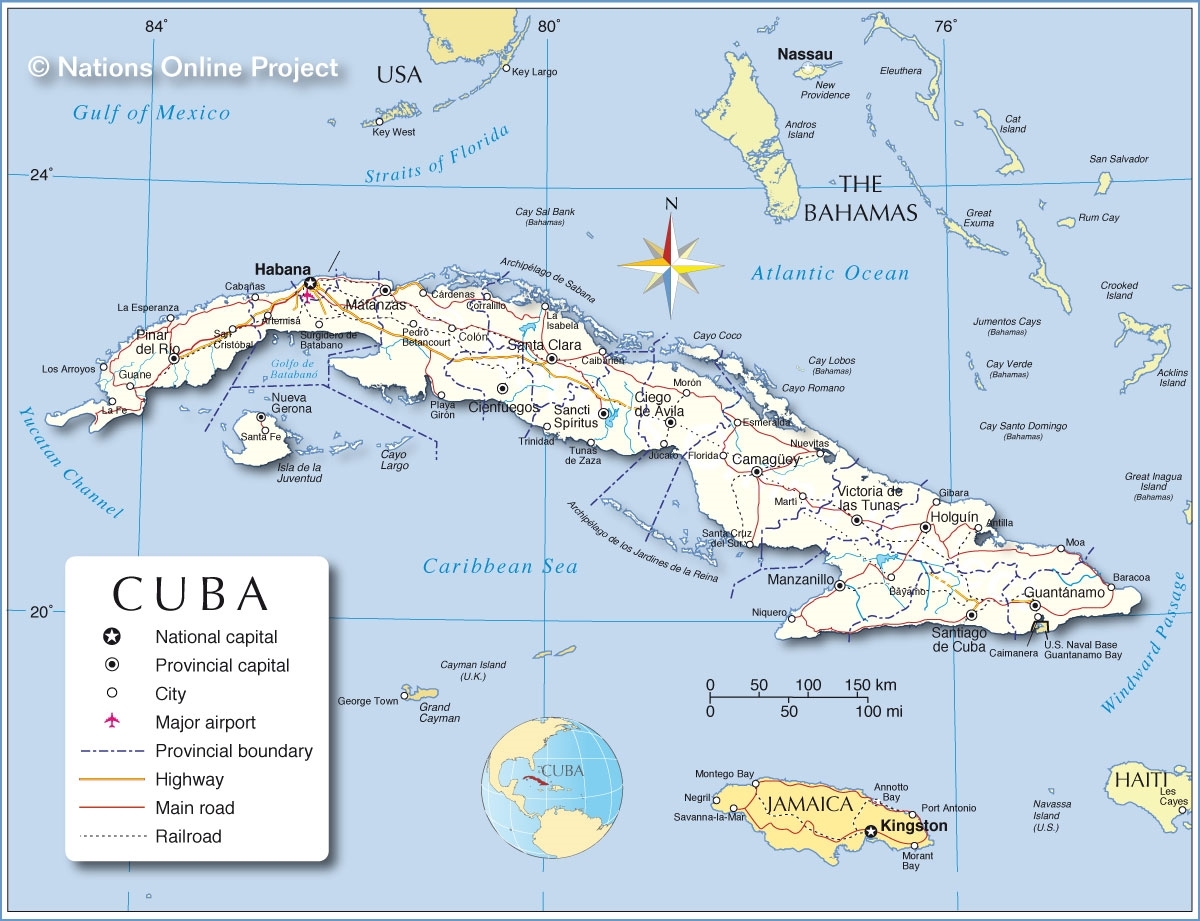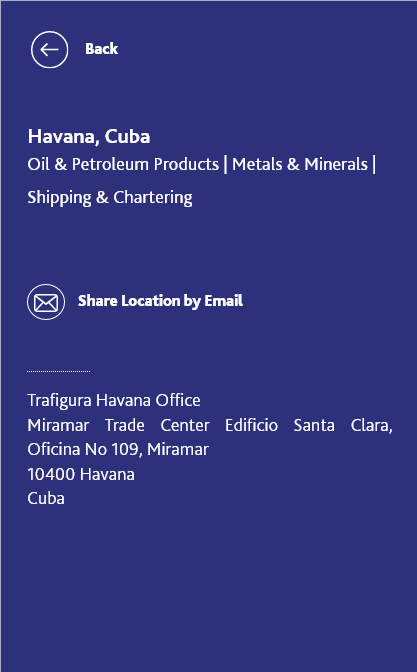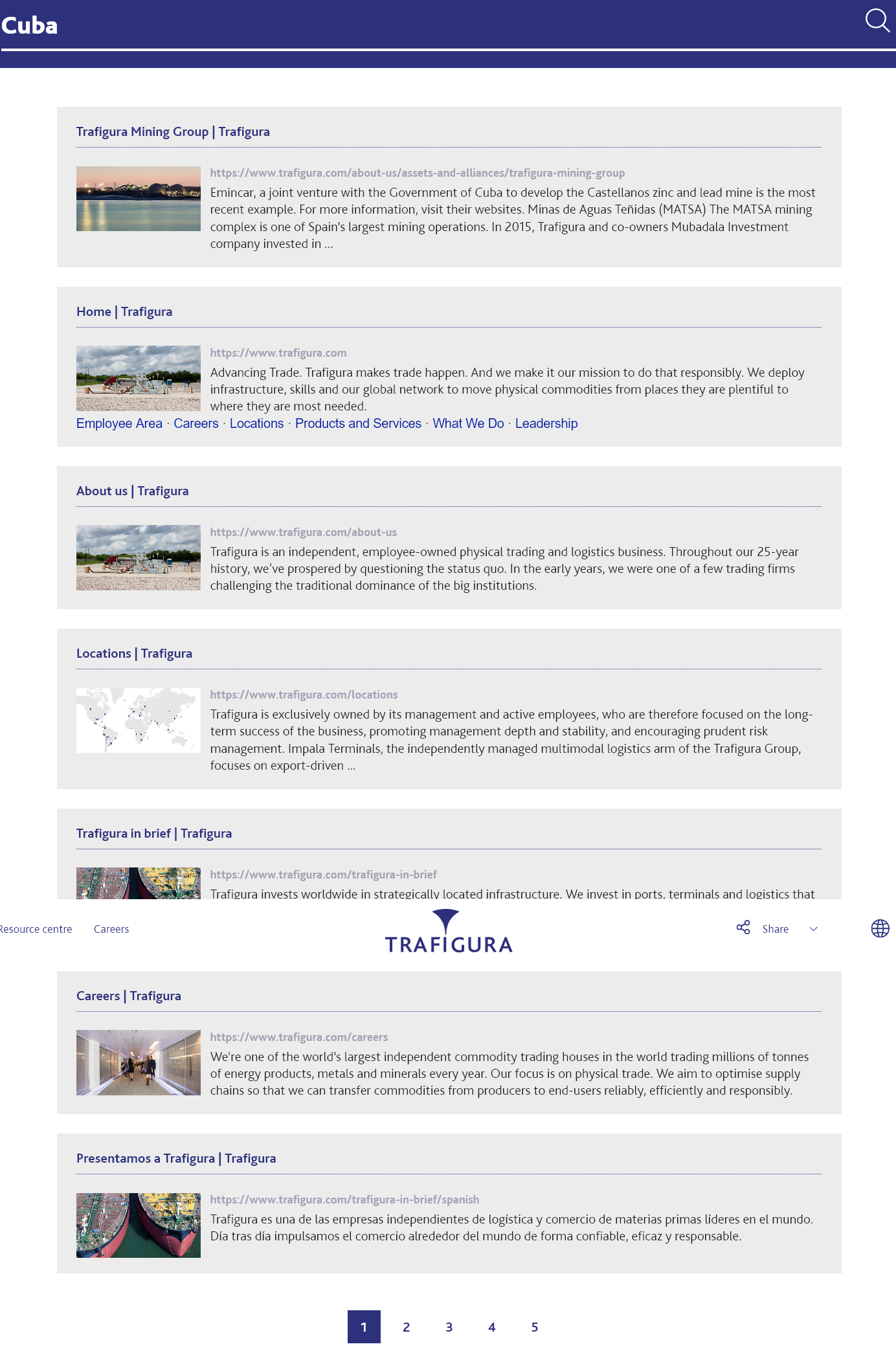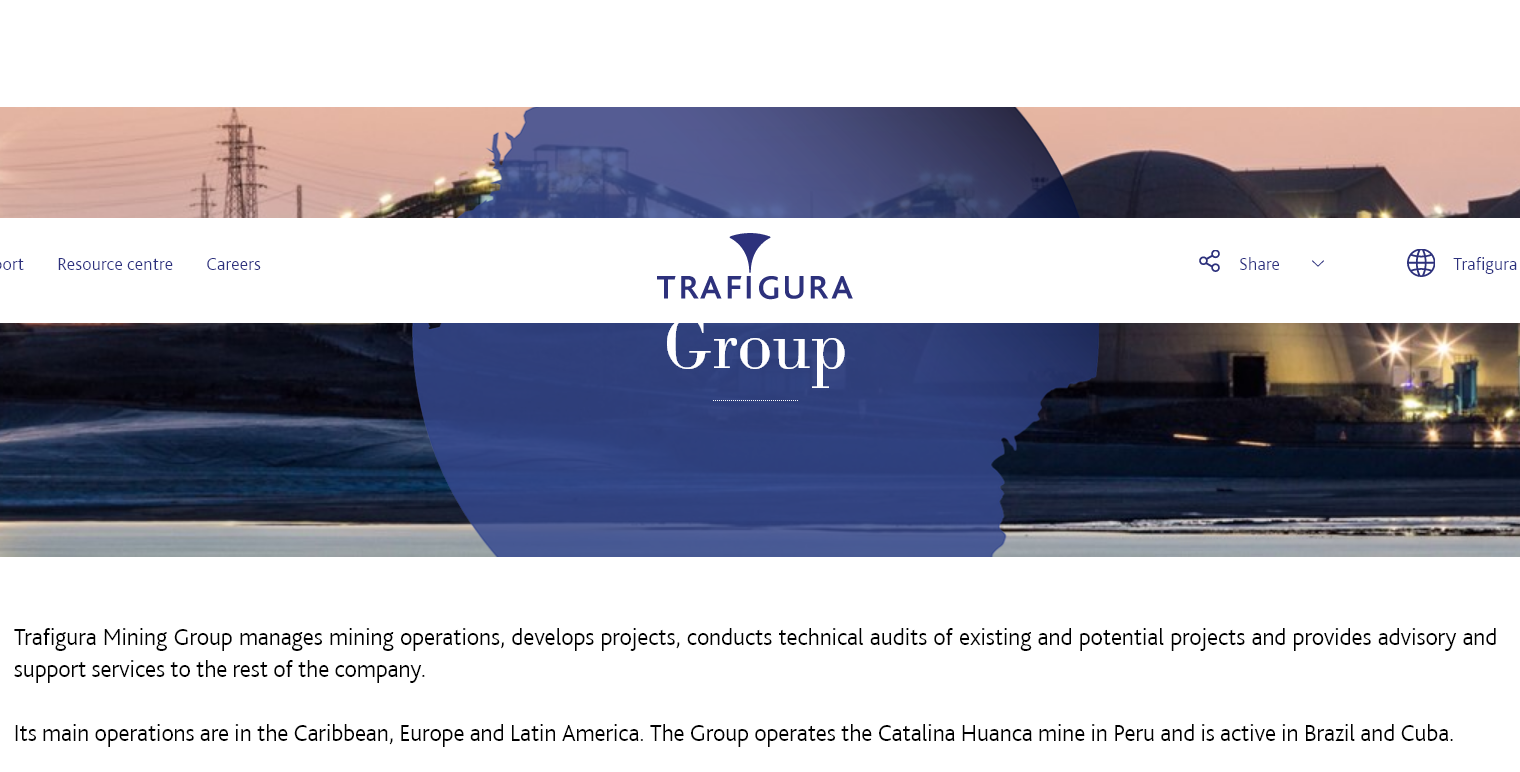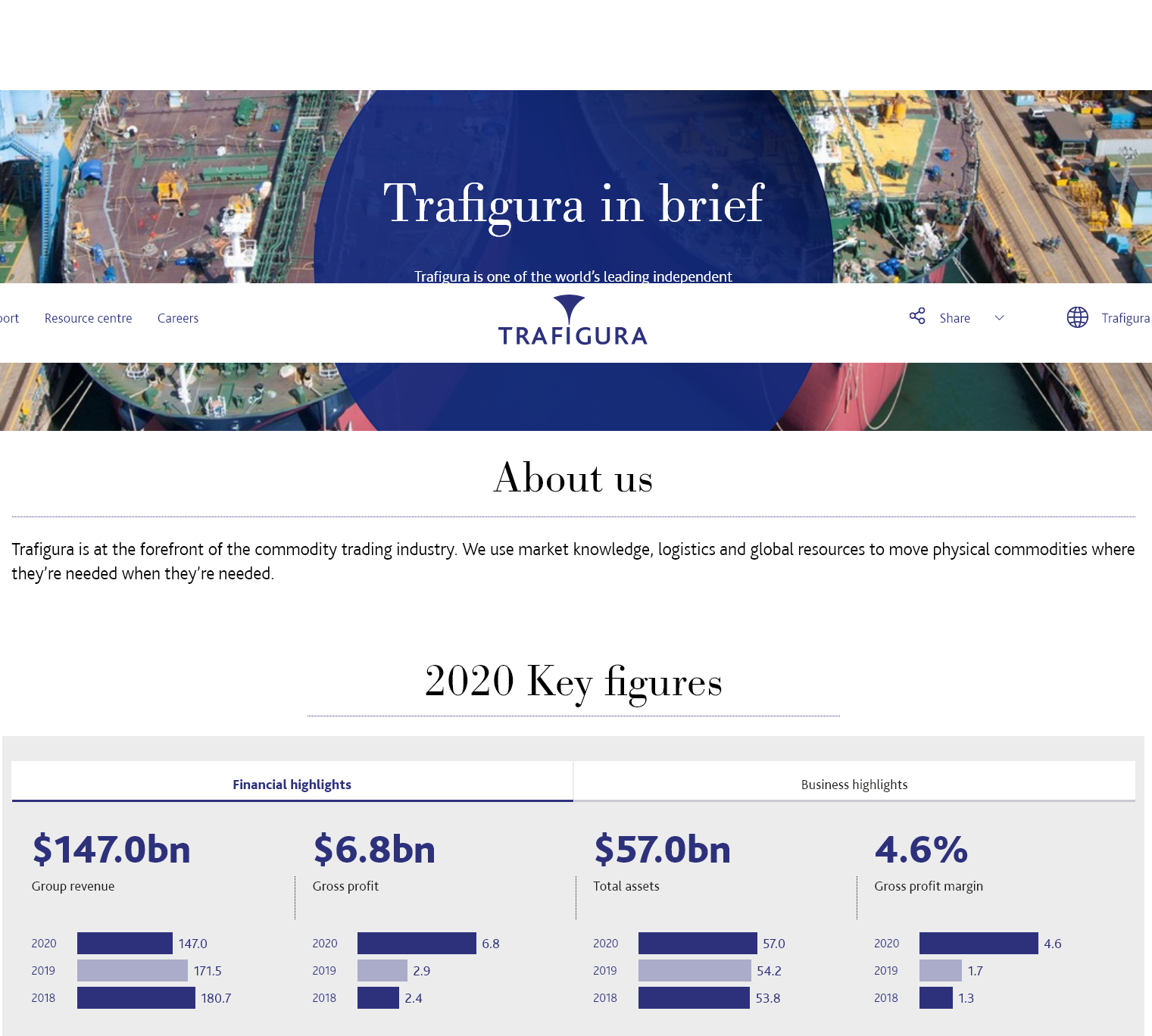34th Libertad Act Lawsuit Filed: Trafigura Of Singapore Sued For Using Two Ports (Including Mariel) And Other Mining Assets
/Singapore-based Trafigura Group Pte. Ltd. (2020 revenues US$147 billion) is multinational commodity trading company founded in 1993.
From 2020 Annual Report: "The Castellanos zinc and lead mine, a joint venture between Trafigura and Cuban parastatal Geominera, had a very difficult year."
HILDA M. CASTANEDO ESCALON, AS PERSONAL REPRESENTATIVE OF THE ESTATE OF HILDA CASTANEDO AND THE ESTATE OF EMMA DIAZ, Plaintiffs, v. TRAFIGURA TRADING, LLC, TRAFIGURA PTE LTD, TRAFIGURA GROUP PTE LTD, Defendants. (4:21-cv-00659 Texas Southern District)
Steptoe & Johnson (plaintiff)
LINK To Libertad Act Lawsuit Filing Statistics
Excerpts:
1. This is a civil action for money damages, including actual damages, treble damages, interest, attorneys’ fees and costs against Defendants for their unlawful trafficking in Plaintiffs’ property in violation of the Cuban Liberty and Democratic Solidarity (LIBERTAD) Act of 1996, 22 U.S.C. § 6021, et seq. (the “Act”), and specifically in violation of Title III of the Act, 22 U.S.C. §§ 6081-6085 (“Title III”).
2. The Confiscated Property (defined below) at issue consists of a large lead and zinc mining operation in Cuba, which was seized by the Fidel Castro regime in 1960. All assets of the operation were confiscated, including: i) the port terminal of Santa Lucia in the province of Pinar del Rio, Cuba; ii) piers and docks, iii) warehouses, iv) commercial buildings, v) ranches, vi) roads, vii) a funicular, viii) a power plant, ix) a mineral processing plant, x) water pipes and infrastructure, xi) property rights (servitudes, easements, and concessions), and xii) future rights.
3. The Diaz Estate and the Castanedo Estate are shareholders of the companies that owned the Confiscated Property. The Castro regime’s expropriation of the Confiscated Property rendered their ownership interests worthless, and no compensation has ever been paid to the Estates or their predecessors in interest.
4. Defendants invest in and conduct mining operations worldwide, including through a joint venture with the Cuban government using the Confiscated Property. Through these mining operations and related commodities trading activities, Defendants have engaged in commercial activities using or otherwise benefiting from the Confiscated Property, and they have caused, participated in, and/or profited from use of the Confiscated Property by others.
5. Specifically, the trafficking in the Confiscated Property includes at least the following activities: a. using the port terminal at the port of Santa Lucia, including its piers and warehouses (together, the “Port”), to transport minerals from Santa Lucia to the Mariel Port in Cuba; b. using the Port to import equipment and machinery for the construction and development of the Confiscated Property which includes, among other improvements, the construction of a mineral processing plant, a water reservoir and water treatment plant, utilities, roads, other infrastructure, offices, warehouses, and port facilities on the Confiscated Property; and c. extracting, refining and exporting minerals from a property previously owned by Minas de Matahambre, S.A., which also involves use of the Port.
6. Through their partnership with the Cuban government, Defendants profit from the exploration, extraction, and exportation of minerals, such as lead and zinc, from the Confiscated Property, which they use to supply customers worldwide and to support their commodities trading activities. Notwithstanding their ongoing and substantial profits from the Confiscated Property, neither Defendants nor the Cuban government has ever obtained authorization from, or paid compensation to, the rightful owners. Defendants’ trafficking in the Confiscated Property is precisely the type of harm that the Act was intended to redress. Accordingly, Plaintiffs bring this action to collect what they are rightfully due.0
